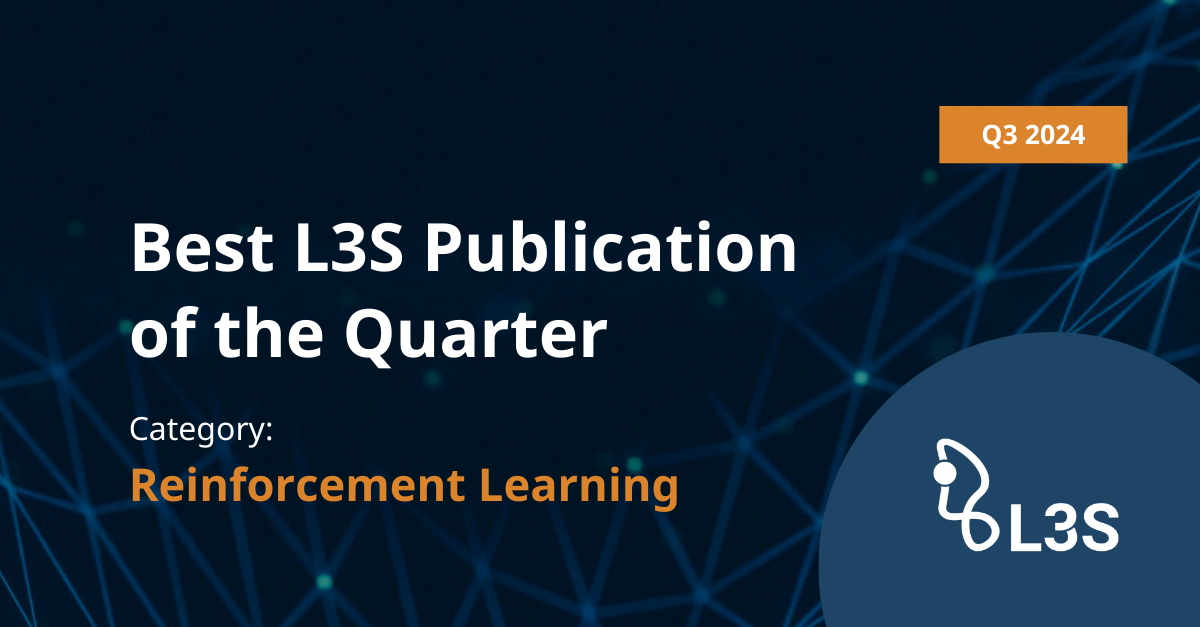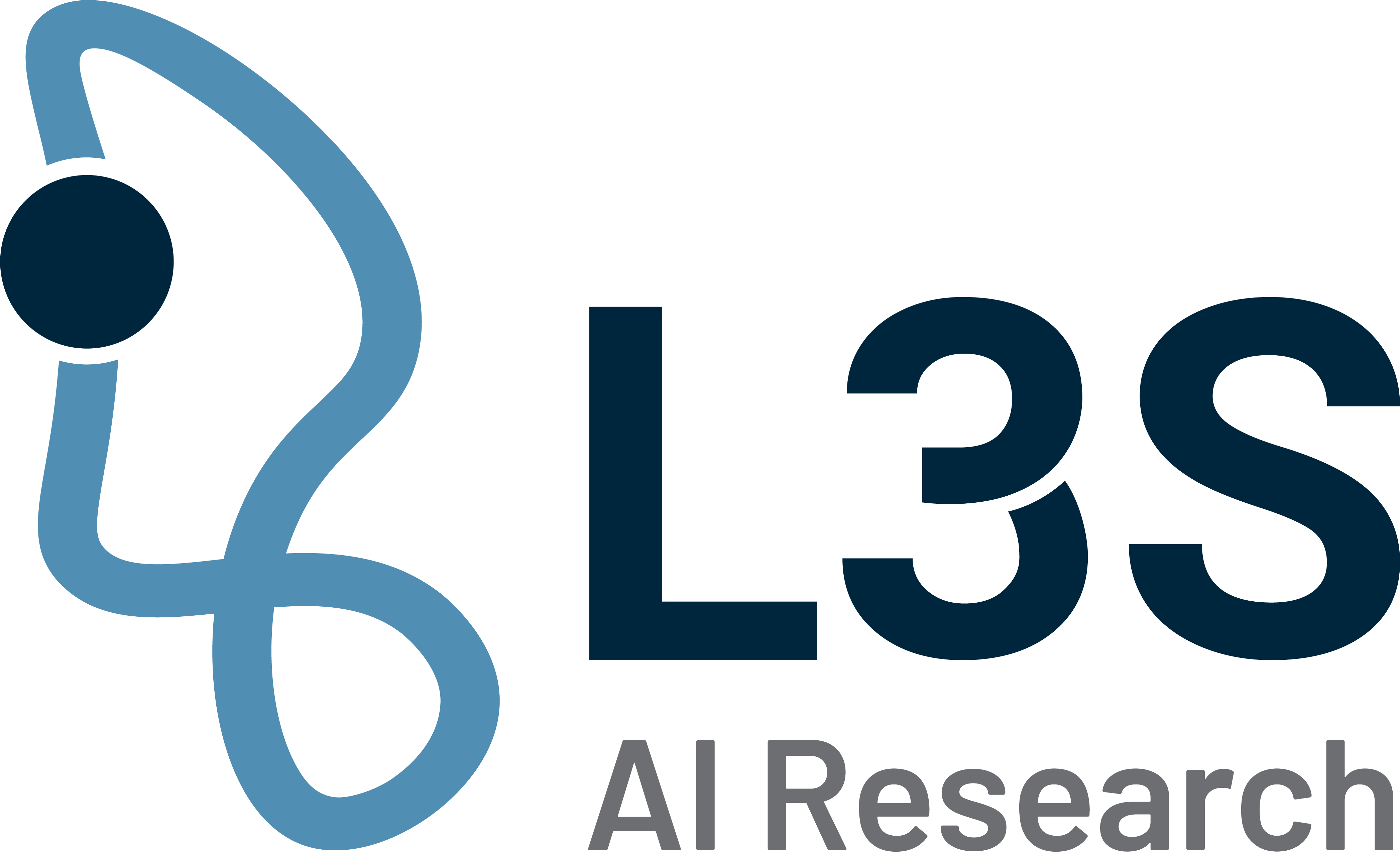L3S Best Paper of the Quarter (Q3/2024)
Category: Reinforcement Learning
Structure in Deep Reinforcement Learning: A Survey and Open Problems
Authors: Aditya Mohan, Amy Zhang, Marius Lindauer
Published in the Journal of Artificial Intelligence Research (Q1 journal)
The paper in a nutshell:
Deep Reinforcement Learning (RL) algorithms are great at sequential decision-making in controlled environments like gaming and simulated robotics. However, they struggle to scale to real-world applications, such as complex industrial systems, often requiring highly engineered simulations just to get started. In this work, we propose that directly incorporating problem-specific information into the design of RL algorithms is a more effective approach. Many attempts have already been made in this direction, and we analyze how these methods integrate structural information about the problems they aim to solve. We introduce a new framework that views RL algorithms as a set of design decisions tailored to the type of structure present in a given problem. This framework helps demonstrate how different algorithms can be matched to various real-world decision-making tasks, making them more effective and adaptable to complex environments.
Which problem do you solve with your research?
We address the challenge of scaling Deep Reinforcement Learning (RL) to real-world applications like self-driving cars or industrial systems, where traditional RL models struggle to learn without extensive, hand-engineered simulations. We study how different methods embed problem-specific information directly into RL algorithms, enabling better learning and performance in complex environments.
What is the potential impact of your findings?
By understanding how to develop algorithms better suited to individual types of problems, we can reduce the complicated engineering required to make RL algorithms performant in the real world, making RL more accessible and practical.
What is new about the research?
The research introduces a novel framework that redefines RL algorithms as a set of design choices based on the structure of the problem. This fresh perspective shows how different RL models can be tailored for specific real-world tasks, making them more effective and applicable to a broader range of complex challenges.
Paper link: https://www.jair.org/index.php/jair/article/view/15703/27028


